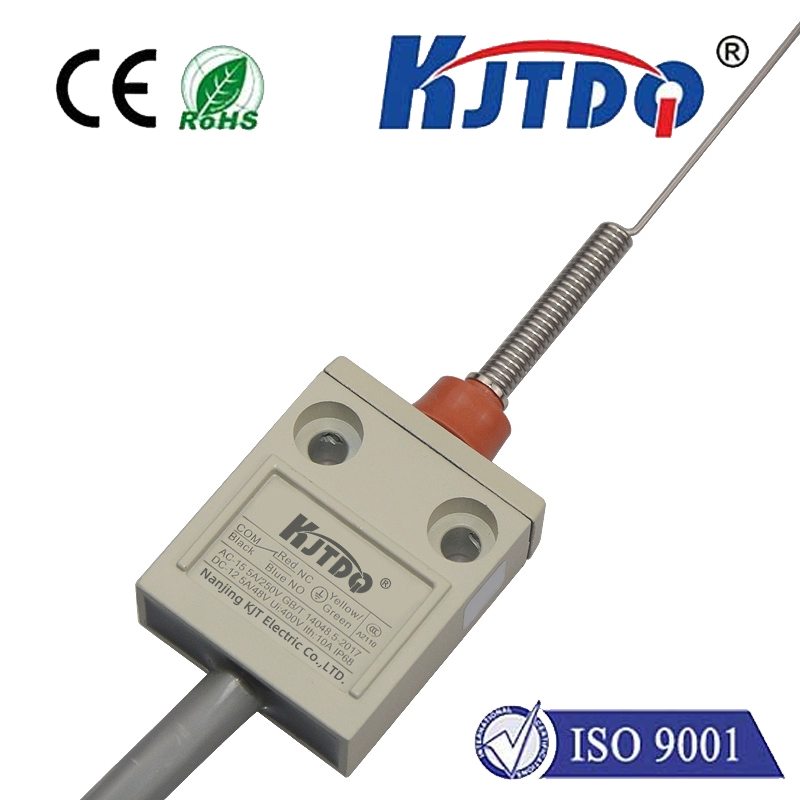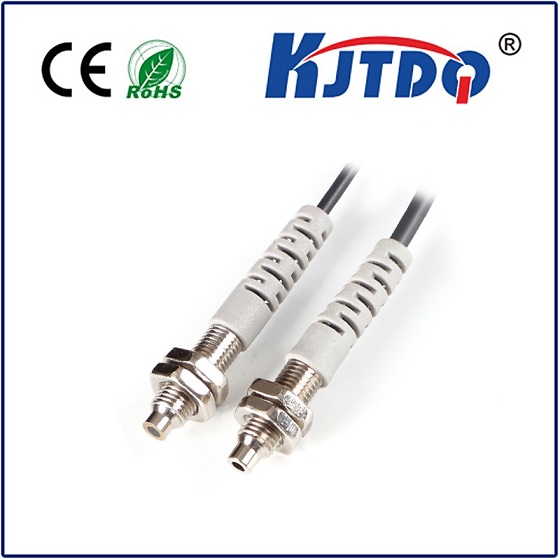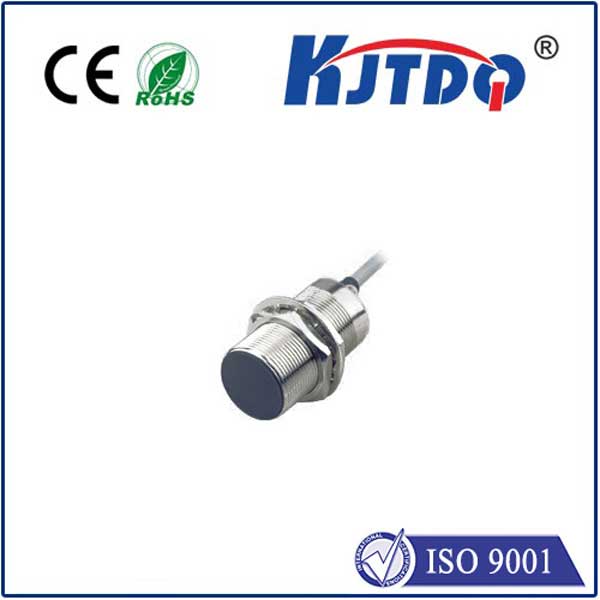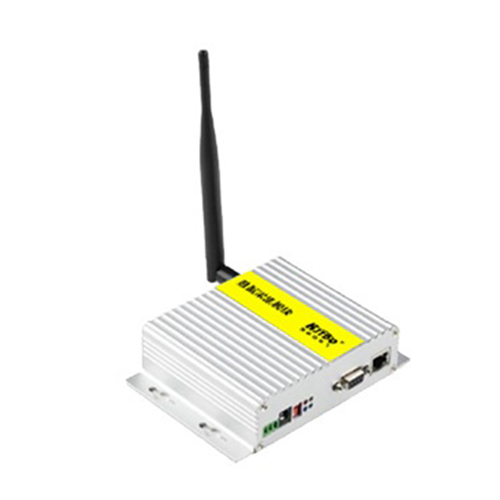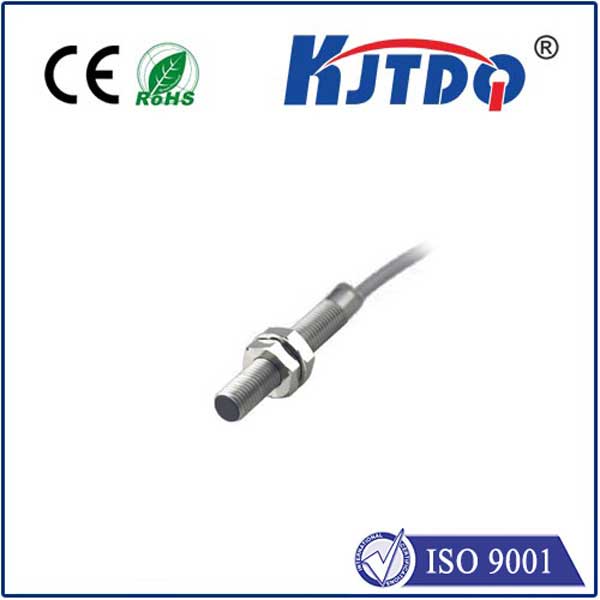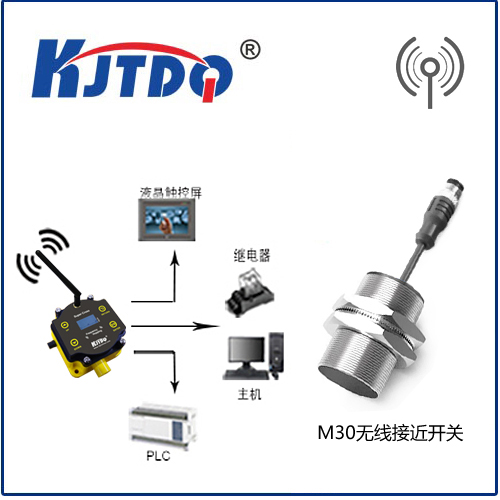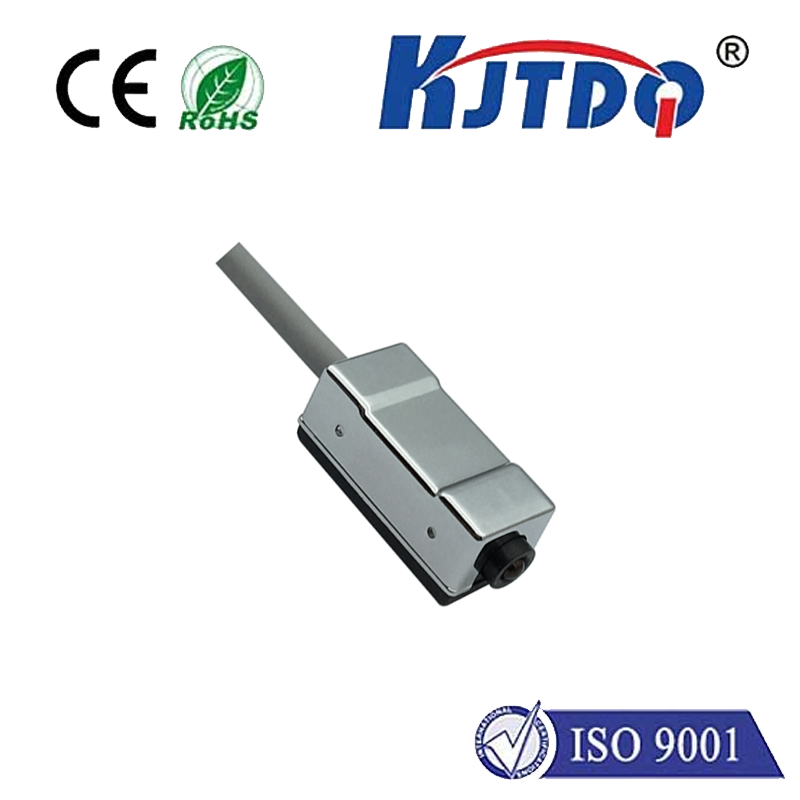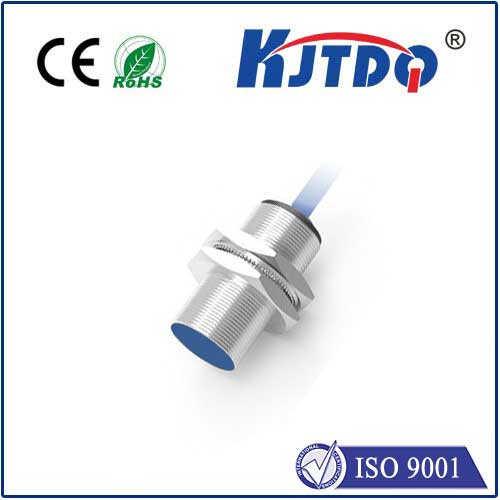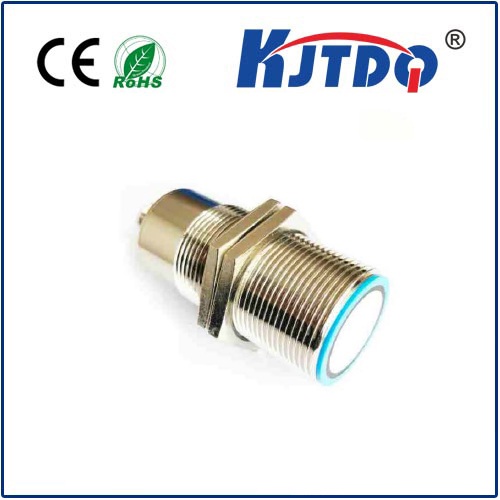

check

check

check

check

check

check

check

check

check

check
LiDAR, or Light Detection and Ranging, is a technology that has revolutionized many industries. It is used in mapping, autonomous vehicles, and even archaeology. However, the bulky size of traditional LiDAR systems has limited their use in certain applications. This is where tiny LiDAR comes into play.
Tiny LiDAR is a compact version of the traditional LiDAR system. Despite its small size, it still maintains the same level of accuracy and precision as its larger counterpart. This makes it ideal for use in drones, robots, and other small devices.

One of the most notable advantages of tiny LiDAR is its portability. Its small size allows it to be easily integrated into various devices without adding significant weight or bulkiness. This makes it perfect for fieldwork, where traditional LiDAR systems would be too cumbersome to carry around.
Another advantage of tiny LiDAR is its cost-effectiveness. The production cost of traditional LiDAR systems is high due to their complex design and large size. However, tiny LiDAR's simple design and small size make it much more affordable to produce. This makes it accessible to a wider range of industries and applications.
Despite its small size, tiny LiDAR still packs a punch in terms of performance. It can accurately map out environments with high resolution and precision. This makes it ideal for applications such as autonomous vehicles, where precise navigation is crucial.
In conclusion, tiny LiDAR represents a significant advancement in the world of LiDAR technology. Its small size, affordability, and high performance make it ideal for use in a wide range of applications. As technology continues to advance, we can expect to see even more innovative uses for this powerful tool.
